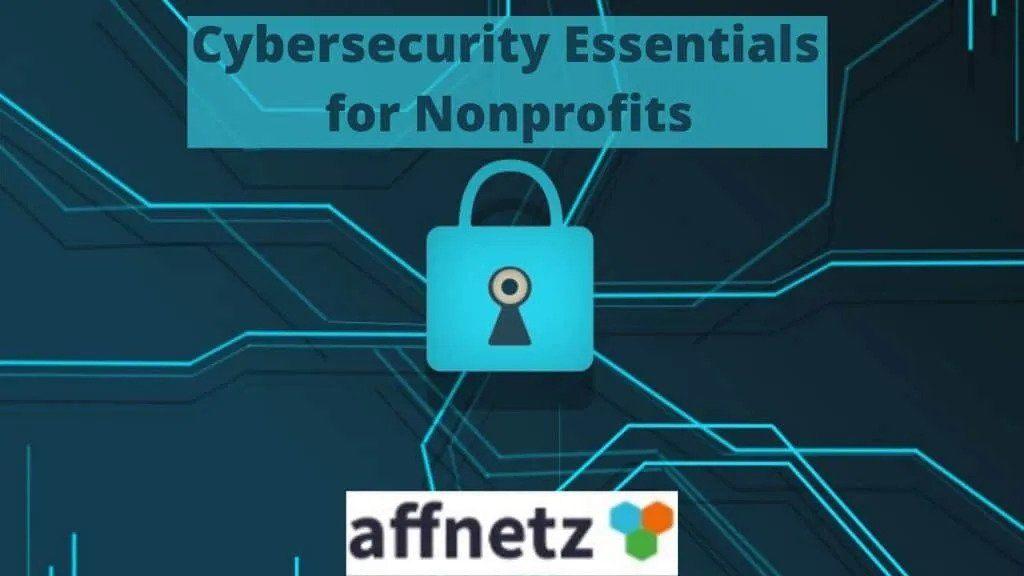How to increase Nonprofit volunteer retention very much occupies the thoughts of Nonprofit executives. While expanding a Nonprofit’s volunteer corps is always a laudable goal, increasing volunteer retention also yields significant results.
Keeping volunteers longer results in:
Reduced volunteer acquisition cost
A committed core of volunteers deeply committed to the Nonprofit’s Mission
A cadre of role models and teachers for new volunteers
Preservation of institutional knowledge
What follows are some best practices aimed at increasing nonprofit volunteer retention.
ONE – Make Volunteering Easy
The Nonprofit should identify and remove as many volunteer stress points as possible. Role expectations should be spelled out in a volunteer job description. Also, the Nonprofit needs to be organized in directing volunteer activities, so their time is used wisely.
TWO – Reward and Recognize Regularly
Volunteers like to feel their contributions are valued. Taking time to extend thanks for generously giving time, talent and treasure will encourage them to stay committed to the organization. Periodically, larger appreciation events with public award ceremonies deepen commitment even more.
THREE – Provide Interaction Opportunities
Most volunteers would say the Nonprofit’s Mission motivates them first and foremost. However, making friends and professional connections becomes an attractive side benefit. Nonprofits should not underestimate the networking factor in increasing Nonprofit volunteer retention. Providing ways for volunteers to network with professional peers will help deepen camaraderie and increase volunteer tenure.
FOUR – Communicate, Communicate, Communicate
Information is like oxygen to volunteers. The more communication, the better. Volunteers who feel out of the communication loop could slowly migrate from having a positive, enthusiastic attitude about volunteering to neutral and disengaged. This latter state will lead many to feel their volunteer motivation wither. Communication vehicles can be newsletters, volunteer-oriented social media or just quick touch-base calls. Providing relevant information makes a difference. For example, reminding volunteers that the time they spend volunteering may be tax-deductible is the type of information these important Stakeholders.
FIVE – Train, Train, Train
Volunteers devote only a slice of their busy bandwidth to the Nonprofit. To make the most effective use of their time, a structured training program should be created. This doesn’t need to be overly complicated, but it does need to be well-defined. The basic types of training could include orientation, how to fulfill designated tasks and team building. Training can be delivered by staff, other volunteers or online.
SIX – Designate a Dedicated Volunteer Coordinator
If the Nonprofit can afford it, a dedicated Volunteer Coordinator helps organize all the moving parts related to volunteers. This role can serve as the point person volunteers can go to with questions or concerns. The Nonprofit leadership team holds this role accountable to make sure volunteer motivation stays high.
SEVEN – Collect Feedback Often
Volunteers present opportunities for feedback in two ways. First, they are often on the front line of delivering the Nonprofit’s Mission. Second, their experience as volunteers holds a wealth of information. Asking them for feedback in both areas will help the Nonprofit fine-tune its operations. Also, because volunteers feel valued when they know their opinions count, soliciting their feedback goes a long way toward answering the question of how to increase Nonprofit volunteer retention.


